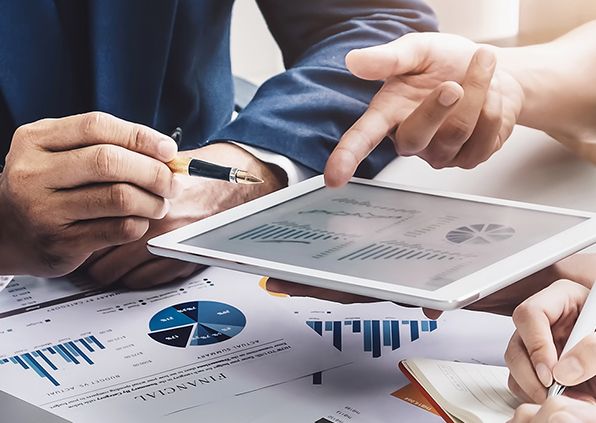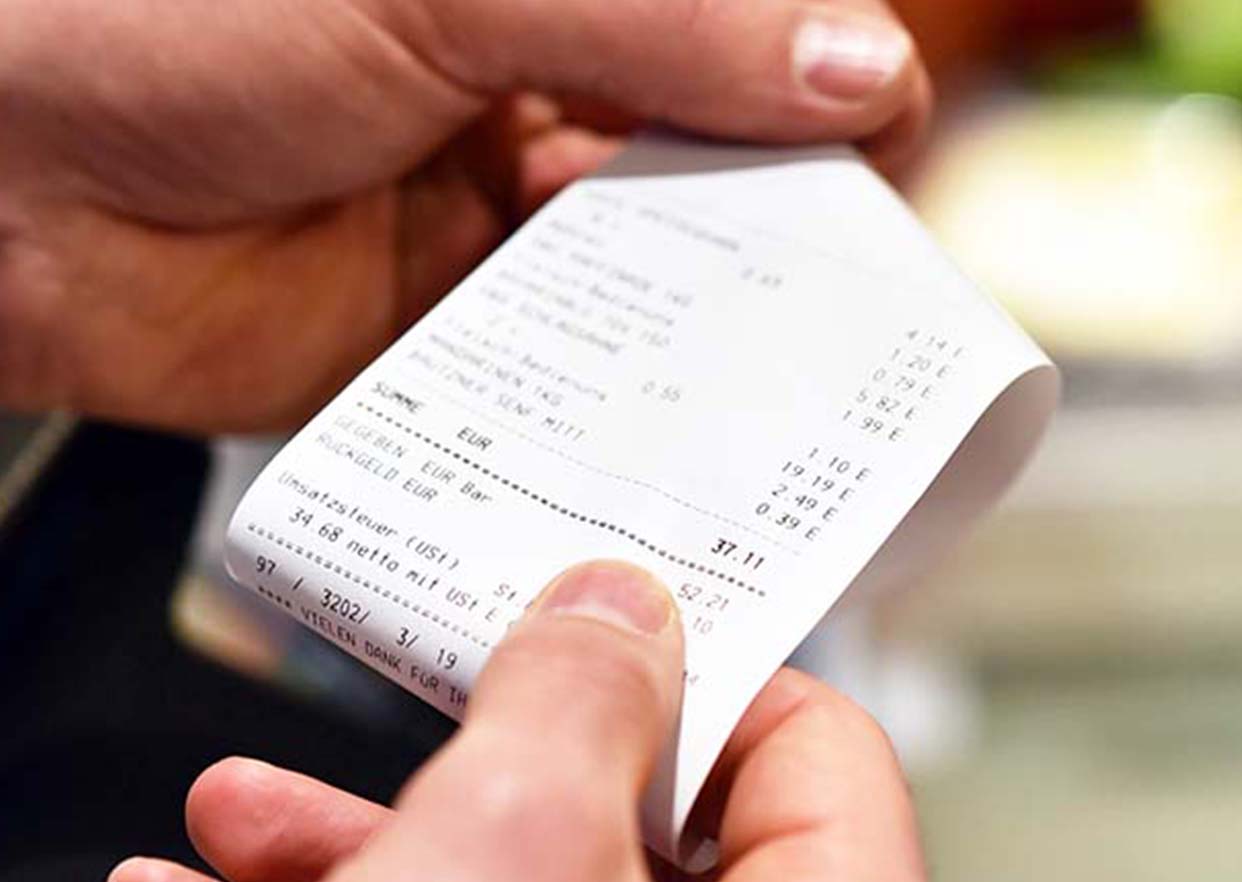Do you use the terms “purchasing” and “procurement” interchangeably? If so, you're not alone. Many busy professionals think the two terms are synonymous.
Although procurement and purchasing are linked, they refer to two different processes. Understanding the distinction can make purchasing decisions less stressful because you have a process to follow. It can also have a positive impact on your bottom line.
Let's look at the definitions of the two terms. Then, you'll learn how your company will benefit when you understand the difference.
Purchasing Definition
Simply put, purchasing is when you acquire something by paying for it. It's the transactional part of buying something your business needs for its day-to-day operations. The purchasing process typically includes:
- Purchase requisitions
- Quotes from suppliers
- Purchase orders (PO)
- Receiving goods/services and warehouse management
- Processing and organizing payment with suppliers
Purchasing is part of the procurement process. Typically, it's the final step.
Procurement Definition
Procurement is every activity your company takes to obtain the goods and services it needs to support daily operations. It includes activities like sourcing, negotiating terms, purchasing items, receiving and inspecting goods, and keeping records of all the steps in the process. In doing so, it takes a broader view of purchasing, far beyond the tactical transaction.
For example, procurement considers outsourcing as an option and places importance on the best total cost of ownership (TCO), not just the quality and quantity of individual items. This shift from prioritizing price-per-piece to broader TCO considerations redefines what "best value" really means.
Procurement is a core component of most companies because it factors into productivity and financial performance. It even touches on how the public perceives your company and brand. For example, if being environmentally conscious is essential, your procurement process should include criteria to ensure you select vendors who support those values.
Depending on the size of your organization and its needs, your procurement process will be different from another company. Typically, procurement takes into account many other organizational functions, including:
- Requirements identification
- Gap analysis (e.g., build-or-buy decision)
- Market research
- Purchase request authorization
- Purchase request approval
- Supplier identification
- Quote or proposal process
- Vendor evaluation
- Contract negotiation
- Payment terms
- Purchase order process
Procurement is far more strategic than buying something with your corporate credit card and saving the receipt. When you understand the difference and give both processes due diligence, you'll be more adept at developing actionable purchasing strategies. Your outcomes will be consistently more favorable and you'll avoid catastrophic failures.
Procurement Is Like Buying a Car
Buying a new vehicle is the perfect analogy to understand the procurement process. When purchasing a new car, you typically decide what you want beforehand.
- First, you determine if you want a new or used vehicle, the number of seats, manual or automatic, four or two-wheel drive, a sedan, or an SUV.
- Next, you look at manufacturers and their reviews, safety ratings, warranties and pricing.
- Suppose you're planning to buy a vehicle at a dealership. In that case, you'll likely check the dealership's reviews and see what other customers say about their buying experience.
In other words, you're doing your due diligence and strategically sourcing a vehicle to ensure you get the biggest bang for your buck. The bulk of your car buying process is procurement. When you finally purchase your new vehicle, it's the last step in the procurement process.
How You Benefit
When you understand the difference between purchasing and procurement, you'll see the goal of procurement is to fulfill your specific business needs most efficiently and effectively. It goes beyond just ordering goods or services.
The purpose of procurement is to look deeper and explore your options. Then identify the ideal choice based on your specific criteria. It's more about establishing valuable long-term relationships with qualified vendors/suppliers, achieving long-term goals that contribute to achieving strategic outcomes and maintaining a competitive advantage.
Proactive vs. Reactive
The process of purchasing is reactive to the company's internal needs. In other words, you buy something when you realize you need it.
Procurement takes a proactive approach. That's because it relies on each department to identify its needs.
Relationships vs. Transactions
Purchasing is strictly transactional. It focuses on the act of buying rather than building relationships. The person responsible for purchasing is focused on efficiently executing the transaction.
Procurement is relational, and you'll focus on establishing and maintaining valuable long-term relationships with qualified vendors/suppliers.
Value vs. Price
Procurement puts all the emphasis on the value of a particular good or service. Purchasing puts price above long-term value since a purchaser's job revolves around properly controlling expenditure.
The Order of Operations
When you're clear on these distinctions between procurement vs. purchasing, you'll have a clear order of operations to follow. The scope of procurement activities extends from identifying a need to fulfilling it and paying the bill. Purchasing happens towards the end of the procurement process when the requirement is already fulfilled.
Final Thoughts
Now that you understand purchasing is part of the overarching procurement process, it can help you make wiser and more informed purchasing decisions. As a result, your brand will benefit in the long run. You'll also have an order of operations to follow, which can ease the stress involved with purchasing choices large and small.








